In an age where virtually everything is digitised, from your shopping to your social life, the art world is no exception. As online platforms for art buying burgeon, many question the future of traditional art galleries and exhibitions. Are these brick-and-mortar institutions going the way of the local bookstore and the high-street travel agent?
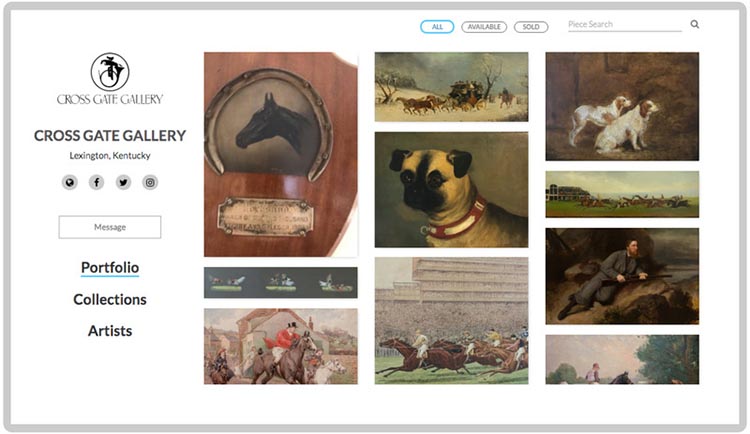
A NEW FRONTIER: THE ONLINE MARKETPLACE
The rise of online art platforms has been meteoric, especially catalysed by the COVID-19 pandemic, which forced galleries to shut doors and pivot to digital strategies. Websites like Artsy, Saatchi Art, and even the behemoth auction houses like Sotheby’s, have revamped their online presence. These platforms offer both seasoned collectors and novice enthusiasts an unparalleled selection, right at their fingertips. The allure is evident: the art market, once considered insular and elitist, is now accessible to a broader audience.

IMPACT ON TRADITIONAL GALLERIES
Galleries have served as the cornerstone of the art ecosystem for centuries, offering artists not just a physical space to display their work, but also critical validation and market access. So, what happens to galleries when their primary role can be carried out online?
For some, the future looks rather bleak. Smaller galleries with fewer resources for a digital transition have been hardest hit, and even some established galleries have had to cut back. According to a 2021 report by Art Basel and UBS, the global art market contracted by 22% in 2020, with a large portion of that impact felt by traditional galleries.
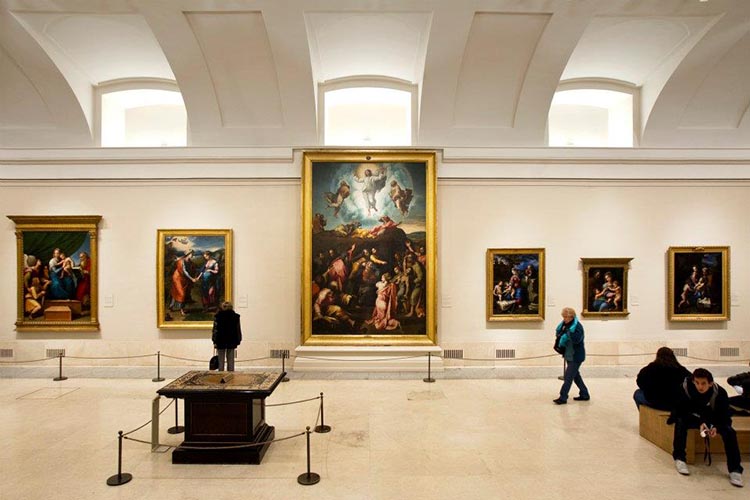
However, it’s not all doom and gloom. Many gallery owners argue that the digital experience can never truly replace the physical one. The texture, scale, and colours of an artwork can be fully appreciated only in person. Plus, galleries do more than just display art; they offer expertise, curate experiences, and foster relationships between artists and patrons—something a virtual platform cannot easily replicate.
DEMOCRATIZATION OR DILUTION?
One of the most celebrated aspects of online art platforms is their democratising effect. But does this broad access dilute the curatorial standards traditionally upheld by galleries? While online platforms offer a stage to many artists who might never have received gallery representation, this also opens the floodgates for works of questionable quality to reach the market. As a result, the role of the gallery as a gatekeeper of artistic merit is weakened, raising concerns about the longterm implications for art standards.
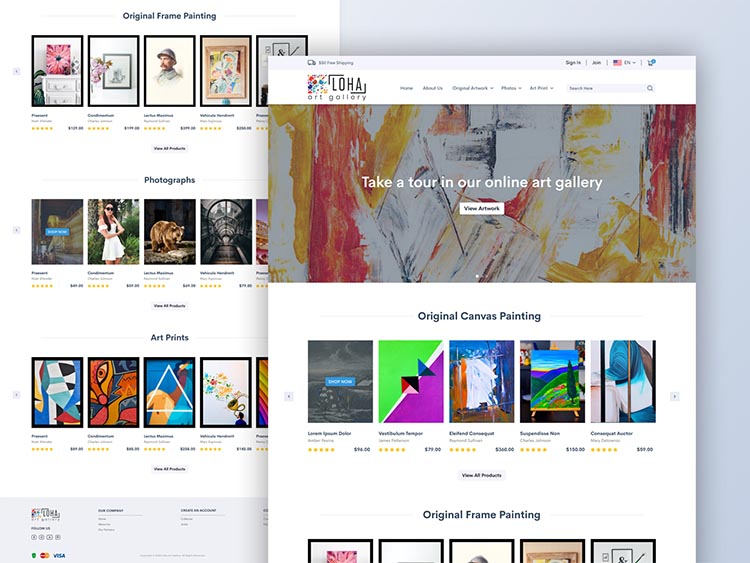
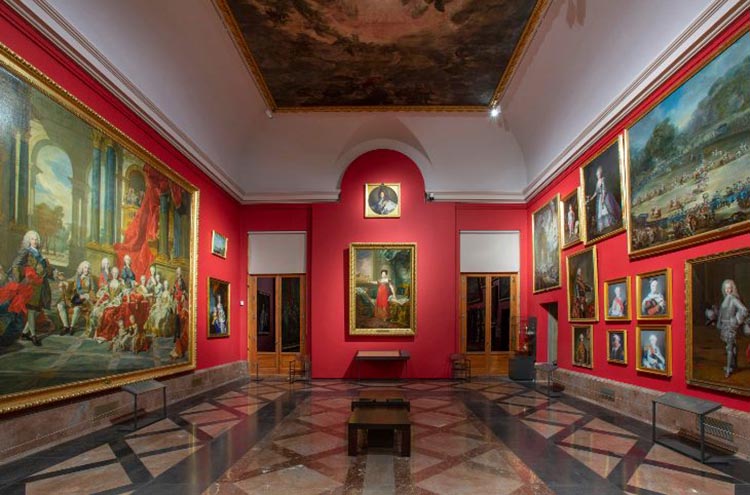
A HYBRID FUTURE
A pragmatic view suggests that, much like retail and other sectors, the future of the art world lies in a hybrid model. Online platforms and traditional galleries can coexist, each serving specific needs. High-profile artists may still prefer the prestige of a gallery showing, while emerging artists utilise online platforms to build a following. Meanwhile, collectors could use online platforms to discover new artists, but turn to galleries for expert advice and deeper engagement.
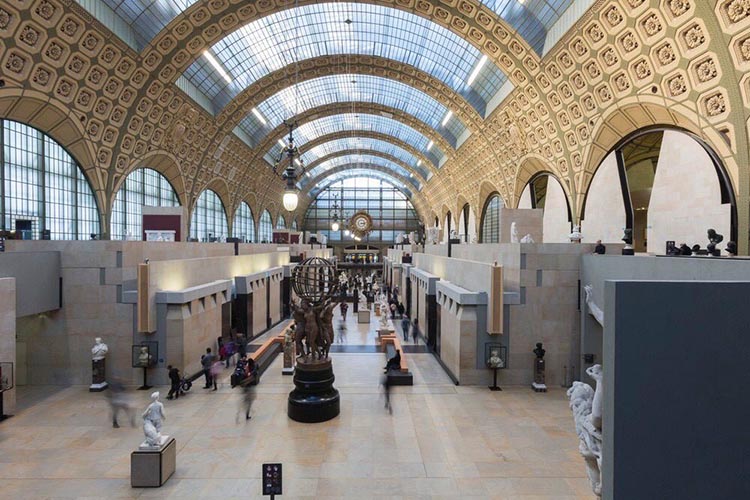
In conclusion, while online art platforms have indeed stirred the waters, they haven’t yet rung the death knell for traditional galleries. Instead, they have added a new layer to the complex tapestry of the art world. As both realms continue to evolve, the challenge will be how to preserve the strengths of each, ensuring a vibrant, accessible, and high-quality art landscape for years to come.
